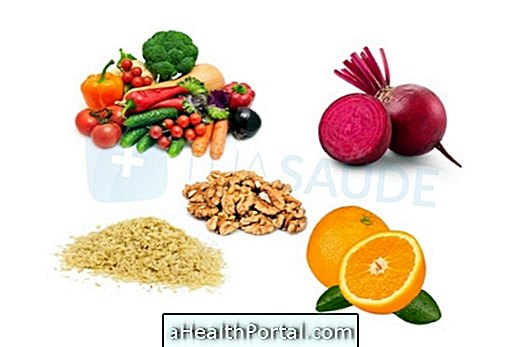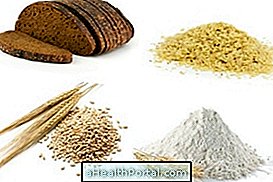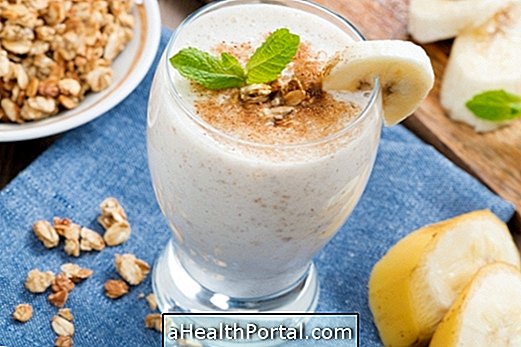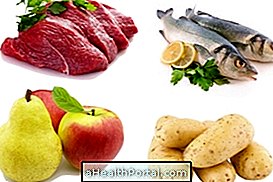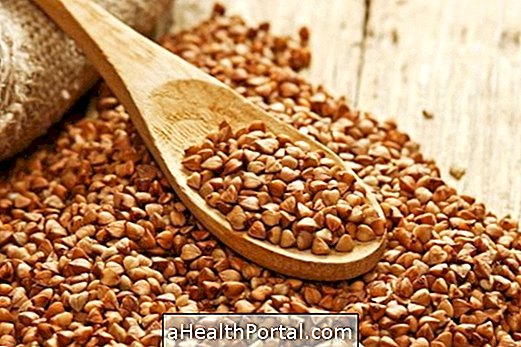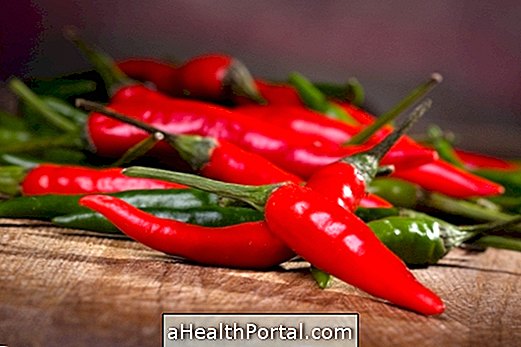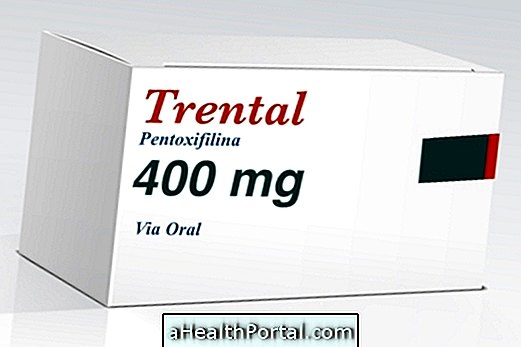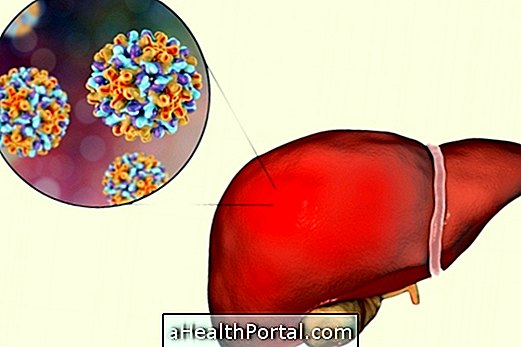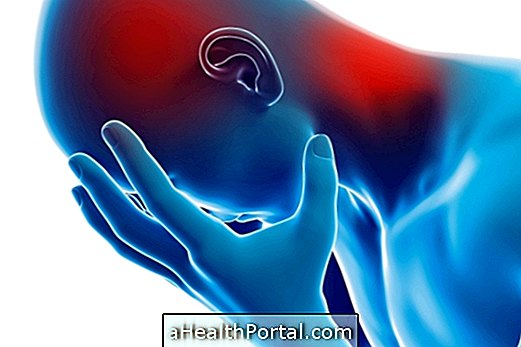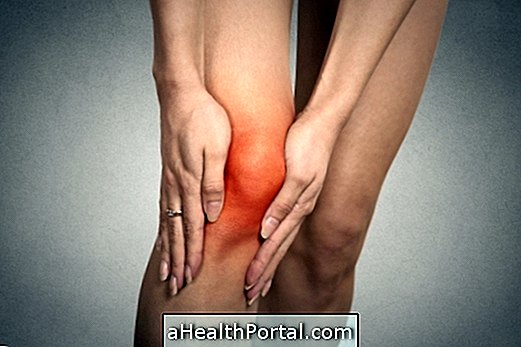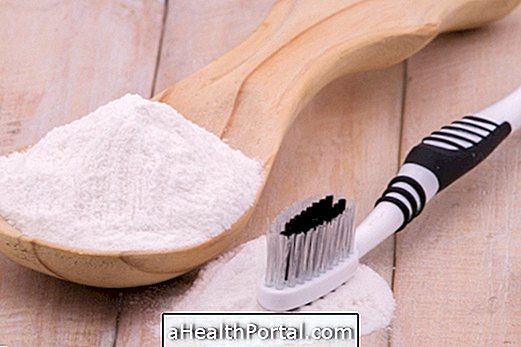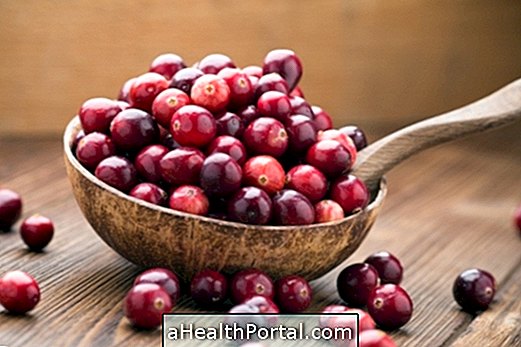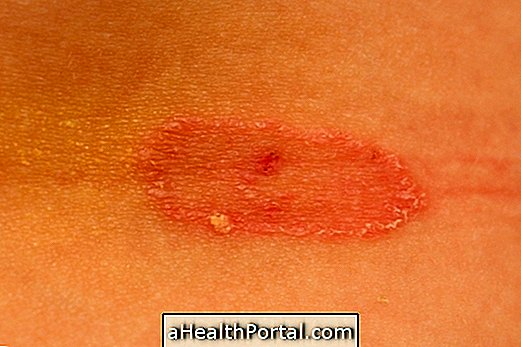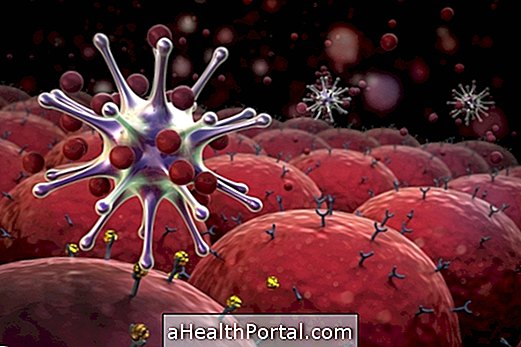Foods rich in fiber are mainly fruits, vegetables, legumes, brown rice, beans, corn, chickpeas and dried fruits. But wheat bran, oats, wheat germ, and flax seed are also good examples.
It is important to consume fiber daily because it improves health by fighting constipation and also helps regulate blood glucose levels, which helps to reduce and fight type 2 diabetes. The main benefits of fiber for health are :
- Fight constipation, as they accelerate intestinal transit;
- Help to lose weight, because they increase the sensation of satiety;
- Control diabetes by helping to lower blood sugar levels;
- Lower cholesterol and triglycerides, as they reduce the absorption of fats in the intestine and increase blood sugar;
- Maintain the health of the intestinal flora as they serve as food for the beneficial bacteria that are naturally present in the intestine.
To achieve all these benefits it is necessary to consume high-fiber foods daily, preferably at all meals, for breakfast, snacks, and also at adequate lunch and dinner times.
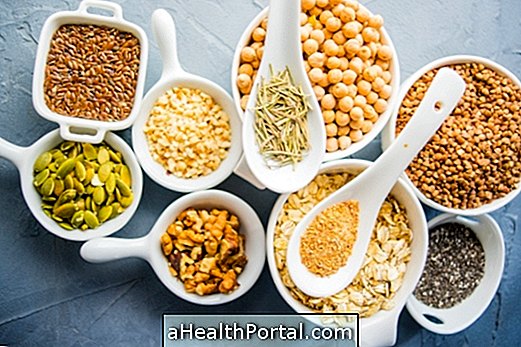
List of high fiber foods
The following table shows the information for 100 g of the main fiber-rich foods:
| Cereals | Number of fibers | Energy |
| Wheat bran | 30 g | 310 kcal |
| Rye flour | 15.5 g | 336 kcal |
| Oats | 9.1 g | 394 kcal |
| Whole Wheat Bread | 6.9 g | 253 kcal |
| Vegetables, greens and by-products | ||
| Cassava flour | 6.5 g | 365 kcal |
| Cabbage butter | 5.7 g | 90 kcal |
| Cooked broccoli | 3.4 g | 25 kcal |
| Raw carrot | 3.2 g | 34 kcal |
| Baked sweet potato | 2.2 g | 77 kcal |
| Green pepper | 2.6 g | 21 kcal |
| Fruits | ||
| Khaki | 6.5 g | 71 kcal |
| Avocado | 6.3 g | 96 kcal |
| Guava | 6.3 g | 52 kcal |
| Earth Orange | 4.1 g | 51 kcal |
| Apple | 2.0 g | 63 kcal |
| Nuts and Seeds | ||
| Linseed | 33.5 g | 495 kcal |
| Almonds | 11.6 g | 581 kcal |
| Chestnut | 7.9 g | 643 kcal |
| Raw coconut | 5.4 g | 406 kcal |
| Cashew nut | 3.7 g | 570 kcal |
| Legumes | ||
| Soy flour | 20.2 g | 404 kcal |
| Cooked kidney beans | 8.5 g | 76 kcal |
| Peanut | 8.0 g | 544 kcal |
| Cooked lentils | 7.9 g | 73 kcal |
Types of food fibers
Food fibers can be classified as being soluble or insoluble, the main difference between them being that the soluble fiber dissolves in water, while the insoluble fiber does not. Each of them has its main benefits.
Soluble fibers
The soluble fibers dissolve in the water forming a gel, so they stay longer in the stomach and small intestine, thus giving a greater sense of satiety. These fibers also bind to fat and sugar from foods in the gut, helping to lower cholesterol and control diabetes.
Some examples of soluble fibers are: fruits, vegetables, legumes, and foods containing oats, wheat germ, barley and rye. They help lower cholesterol, are fermented by good gut bacteria and help maintain minerals. Check out the amount of soluble fiber present in these foods here.
Insoluble fibers
Insoluble fibers do not dissolve in the water and therefore reach the large intestine by accelerating intestinal transit, increasing the volume of feces, and therefore help prevent and fight constipation, hemorrhoids and inflammation of the intestine.
They are found mainly in whole grains and their integral derivatives, and increase the volume of the faeces, acting as a natural laxative. Some examples are almonds with peel, walnuts, raisins, avocado, pear and apple with peel, and mandarin. Check out the amount of insoluble fiber present in these foods here.

Number of fibers per day
The daily intake of fiber should be between 20 and 40 g per day. One tip for eating more fiber in the diet is to ingest more raw and shelled foods, especially fruits and vegetables, by avoiding refined foods such as white wheat flour and white rice.
To combat constipation, it is important to remember that in addition to increasing fiber intake, one should also increase water intake or unsweetened tea because water hydrates the fibers in the intestine, facilitating the passage of feces. Eating more water-rich foods like gelatin, orange and watermelon also helps prevent constipation caused by eating more fiber and less water.
How to Eat More Fibers
A great natural solution to eating more fiber is to add a fiber supplement such as oats, ground flaxseed or whole wheat bran at all meals throughout the day. It is possible to eat a bowl of fruit salad with oats or add the wheat bran in a pack of yogurt, for example. See more details in the following video:

